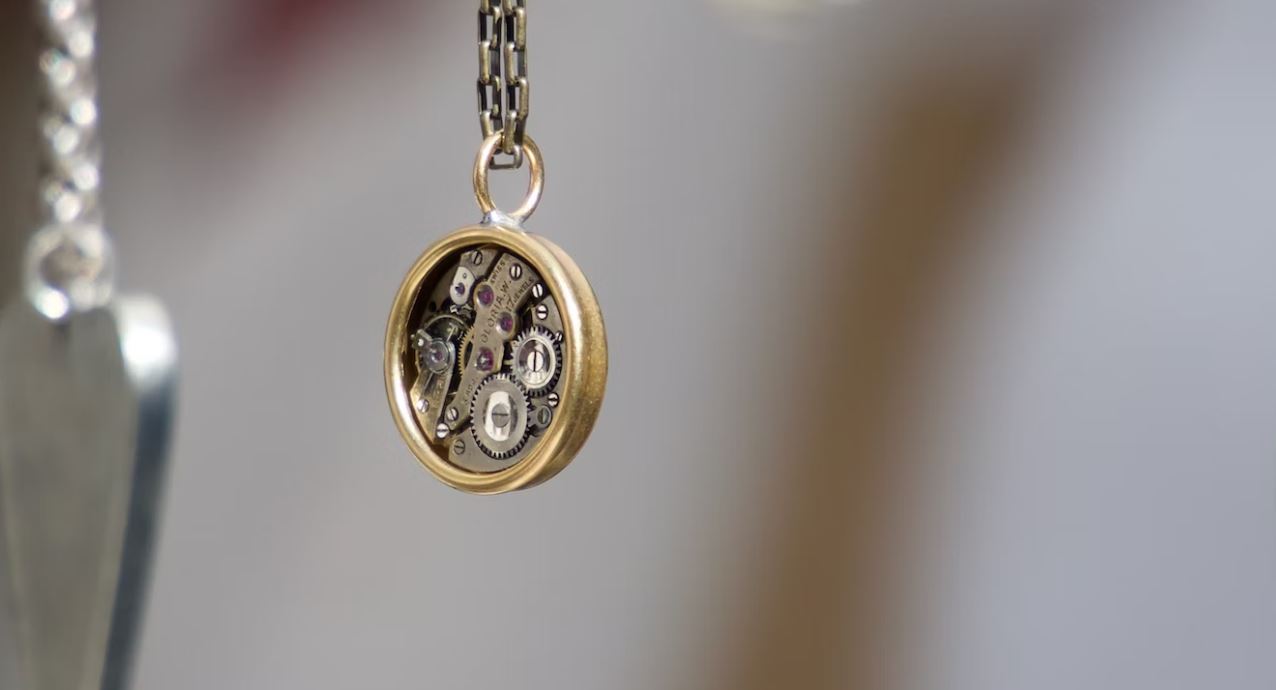Uniforms have long been a staple in various sectors of society, ranging from schools and workplaces to military and sports teams. While the styles and colors may vary, the underlying principle of wearing a uniform remains constant – to create a sense of identity, promote equality, and foster unity. In this article, we will explore the multifaceted importance of wearing uniforms in different contexts.
One noteworthy example of the significance of uniforms is evident in the offerings of Đồng Phục Đông Đô. This company exemplifies the importance of uniformity in diverse settings. Đồng Phục Đông Đô specializes in crafting uniforms that not only meet the functional requirements of various industries but also contribute to the overall sense of unity and professionalism. Their commitment to quality and design reflects the broader impact that well-designed uniforms can have on individuals and organizations.
Promoting Equality
One of the primary reasons for wearing uniforms is to promote equality. In educational institutions and workplaces, uniforms eliminate visible markers of socioeconomic status, reducing the impact of financial disparities among individuals. When everyone is dressed in the same attire, the focus shifts from outward appearances to individual capabilities and achievements. This fosters an environment where everyone feels equal, creating a more inclusive and harmonious atmosphere.
Fostering Unity and Team Spirit
Uniforms play a crucial role in fostering a sense of unity and team spirit, particularly in settings such as sports teams, military units, and other organized groups. When individuals wear the same uniform, they become part of a collective identity, reinforcing a sense of belonging and shared purpose. This shared identity can enhance teamwork, collaboration, and cooperation, leading to improved group dynamics and performance.
Creating a Professional Image
In professional settings, uniforms contribute to the creation of a polished and cohesive image for an organization. Whether it’s a corporate office, a medical facility, or a hospitality establishment, uniforms help convey a sense of professionalism and competence. This not only instills confidence in clients and customers but also reinforces a sense of pride among employees who represent their organization through a standardized and professional appearance.
Enhancing Safety and Security
In certain industries, uniforms are designed with safety and security in mind. For example, high-visibility uniforms worn by construction workers or protective gear worn by healthcare professionals not only establish a professional appearance but also serve practical purposes. Uniforms in these contexts act as a visual identifier, ensuring that individuals are easily recognizable and can be quickly located in the event of an emergency.
Reducing Peer Pressure and Distractions
In educational institutions, uniforms can help reduce peer pressure related to clothing choices. By standardizing attire, schools create a level playing field, eliminating the need for students to compete based on their clothing brands or styles. This not only eases the financial burden on families but also minimizes distractions, allowing students to focus on their studies rather than their appearance.
Conclusion
Wearing uniforms goes beyond just a dress code; it is a powerful tool for promoting equality, fostering unity, creating a professional image, enhancing safety, and reducing distractions. In various sectors of society, uniforms play a vital role in shaping identity and building a sense of community. As we navigate the complexities of an ever-changing world, the importance of uniforms in creating a cohesive and inclusive environment remains as relevant as ever.





